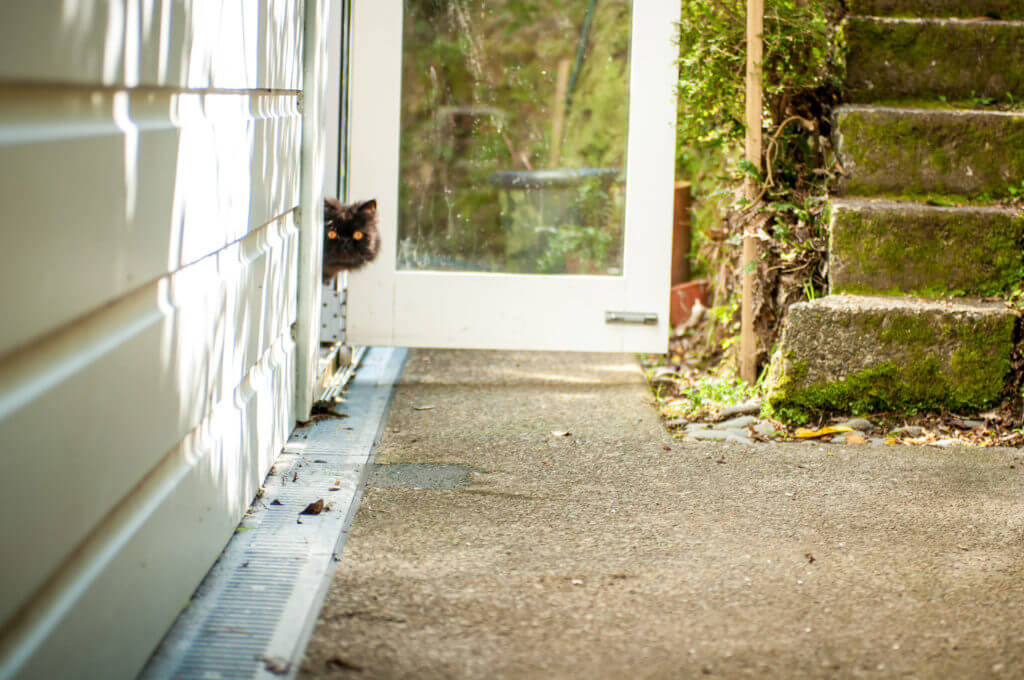Anne Rowe – January 25, 2016
We have the knowledge and materials to build outstanding new homes—but the fact is most New Zealanders are going to continue to live in our existing housing stock.
We can retrofit older homes in order to provide better health and energy efficiency, and really we should be doing so. These goals should rank higher when homeowners are planning additions or renovations.
Spending money on better insulation is not as immediately appealing as a flash marble bench top in the kitchen. The interior comfort that you experience in a well insulated, well ventilated house is not immediately apparent. However, spend a winter in a draughty, damp villa and these qualities are sorely missed.
Chris and I raised our family in a Wellington villa built in 1907. Like many people, I find these gracious old homes deeply appealing. The native timber joinery and stained glass windows are particularly beautiful. But living here has not been without its challenges.
A series of improvements have been undertaken since 2002. Here’s a run down of what we’ve done to make the house a warmer, drier and less costly place to live and work.
- ’02: We renovated the house at the rear and insulated those walls and ceilings as part of the building works.
- ’07: We installed gas central heating, distributed using very old cast iron radiators salvaged from a building site. These have the benefit of retaining their heat long after the heating has been switched off.
- ’08: A double layer of insulation was fitted in the original part of the house: the first layer between the joists and a second layer rolled out over the joists.
- ’09: A solar hot water 30 tube system was installed to heat a 270 litre water tank.
- ’12: A land drain was dug at the rear to divert the water we had discovered ponding under the house! This was costly but had to be done and the reduction of the damp feeling in the rear of the house was immediately noticeable. The following winter’s heating bill was also much smaller than the previous.
- While the house was being re-piled, we laid down black plastic to stop the damp rising. This is a cheap and efficient way to prevent cold and damp radiating from the bare earth under a house.
- When we put in the new floor, a double layer of insulation was fitted underneath. In the areas that couldn’t be accessed from beneath the house, we fitted insulation panels between the floor joists from above, a tricky job.
We’ve also installed solar hot water and a grid-tied a 2kW PV panel system (we can produce a maximum of 15 kWhr on a good day).
The house is definitely cosier and warmer in winter than previously but it’s still not as comfortable as it could be. In 2016 we used our Passive House blower door tester to ascertain the air tightness of the house. The results showed that, under the standard Passive House testing regime, the air inside the house changed ten times in an hour, or once every six minutes. This is putting a significant heating demand on the house in winter.
In order to reduce this to an acceptable level of airtightness, which we believe to be in the order of three air changes per hour, we initiated a series of air tightness measures. The first one was to replace open recessed light fittings with closed LED type. As a temporary measure, draught proofing strips were applied to all of the openable windows. Extract fans were fitted with back draught dampers.
Our next project is to retrofit double-glazing and brush seals to our existing sash windows. This will be expensive. However, anecdotally, I have heard it makes a very big difference to the comfort levels in a room.
I hope this helpful. Your comments and questions are welcome.
Fact File
- Built 1907 in Kelburn. 4/5 bedrooms. Weatherboard exterior, tin roof, timber piles. Some original sash windows replaced with casements in 1961.
- Wall insulation: Greenstuf polyester 90mm thick R2.5
- Floor insulation: NOVAfloor underfloor insulation R1.4
- Ceiling insulation: Ecofleece R2.6 wall and ceiling 140mm loft (double insulated; ie 280mm)
- Solar hot water: Apricus 30 tube evacuated tube system with 270 litre duplex stainless steel tank
- PV: 2.0kW Canadian Solar CS6P panel with Enasolar inverter

